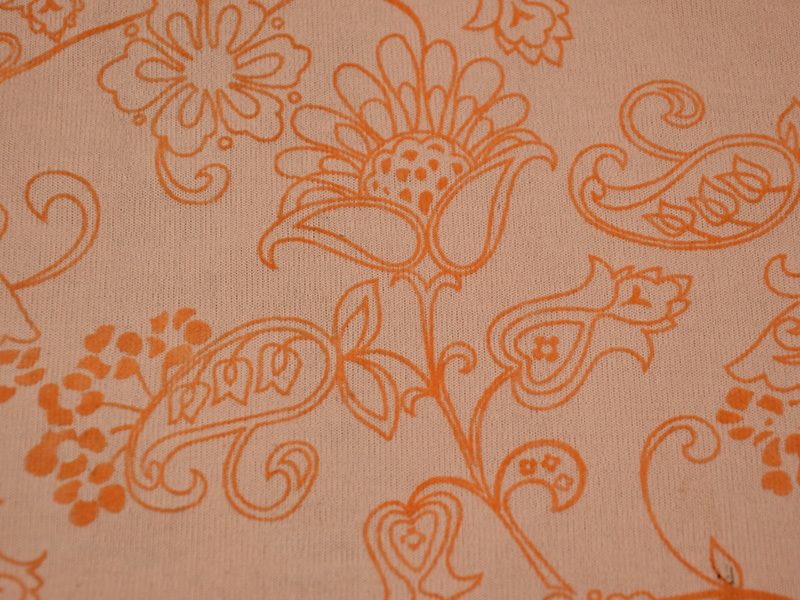In our quest for a healthier lifestyle, we often focus on diet and exercise, but one crucial aspect that frequently gets overlooked is the clothing we wear. The materials that come into contact with our skin can significantly impact our health, comfort, and overall well-being. This article delves into the healthiest clothing materials, examining their benefits, potential drawbacks, and how they contribute to a healthier lifestyle.
Understanding Clothing Materials
Clothing materials can be broadly categorized into natural and synthetic fibers. Natural fibers, derived from plants and animals, are often praised for their breathability and comfort. In contrast, synthetic fibers, made from chemical processes, can offer durability and elasticity but may come with health concerns. To determine the healthiest clothing materials, we must consider factors such as breathability, moisture-wicking properties, hypoallergenic qualities, and environmental impact.
Top Healthiest Clothing Materials
- Organic Cotton
Organic cotton is cultivated without the use of harmful pesticides and fertilizers, making it a safer choice for both the environment and human health. It is soft, breathable, and hypoallergenic, making it ideal for sensitive skin. Additionally, organic cotton garments are less likely to cause skin irritations or allergic reactions, promoting overall skin health. - Bamboo Fabric
Bamboo fabric is gaining popularity due to its sustainability and natural antibacterial properties. The fibers are soft, breathable, and moisture-wicking, making them perfect for activewear and undergarments. Bamboo is also biodegradable, which means it has a lower environmental impact compared to conventional fabrics. However, it is essential to ensure that the bamboo fabric is processed using eco-friendly methods to avoid harmful chemicals. - Hemp
Hemp is one of the most sustainable fabrics available, requiring minimal water and no pesticides to grow. It is highly durable, breathable, and has natural antibacterial properties. Hemp fabric also becomes softer with each wash, making it comfortable for everyday wear. Its UV-resistant qualities further enhance its health benefits, protecting the skin from harmful sun exposure. - Linen
Linen, made from the flax plant, is another excellent choice for healthy clothing. It is highly breathable, moisture-wicking, and has natural antimicrobial properties. Linen garments are known for their ability to keep the body cool in hot weather, making them ideal for summer wear. Additionally, linen is biodegradable and requires less water to produce than cotton, making it an environmentally friendly option. - Tencel (Lyocell)
Tencel, a fiber made from sustainably sourced wood pulp, is known for its softness and breathability. It has excellent moisture-wicking properties, which help regulate body temperature and keep the skin dry. Tencel is also biodegradable and produced in a closed-loop process that minimizes environmental impact. Its hypoallergenic nature makes it suitable for sensitive skin, reducing the risk of irritation.
Potential Drawbacks of Synthetic Fabrics
While synthetic fabrics like polyester and nylon offer benefits such as durability and elasticity, they can pose health risks. Many synthetic materials are treated with chemicals that can irritate the skin or cause allergic reactions. Additionally, they often lack breathability, leading to moisture retention and discomfort. Over time, the accumulation of sweat and bacteria in synthetic fabrics can result in unpleasant odors and skin issues.
Making Informed Choices
When selecting clothing materials, it is essential to consider not only the fabric's health benefits but also its environmental impact. Opting for sustainably sourced and produced materials can contribute to a healthier planet and, in turn, a healthier you. Look for certifications such as GOTS (Global Organic Textile Standard) for organic cotton or OEKO-TEX for assurance that the fabric is free from harmful substances.
Conclusion
The clothing we choose to wear plays a significant role in our overall health and well-being. By opting for natural, sustainable fabrics like organic cotton, bamboo, hemp, linen, and Tencel, we can enhance our comfort, reduce the risk of skin irritations, and contribute to a healthier environment. As consumers become more aware of the impact of their choices, the demand for healthier clothing materials will continue to rise, paving the way for a more sustainable and health-conscious fashion industry.









+ There are no comments
Add yours